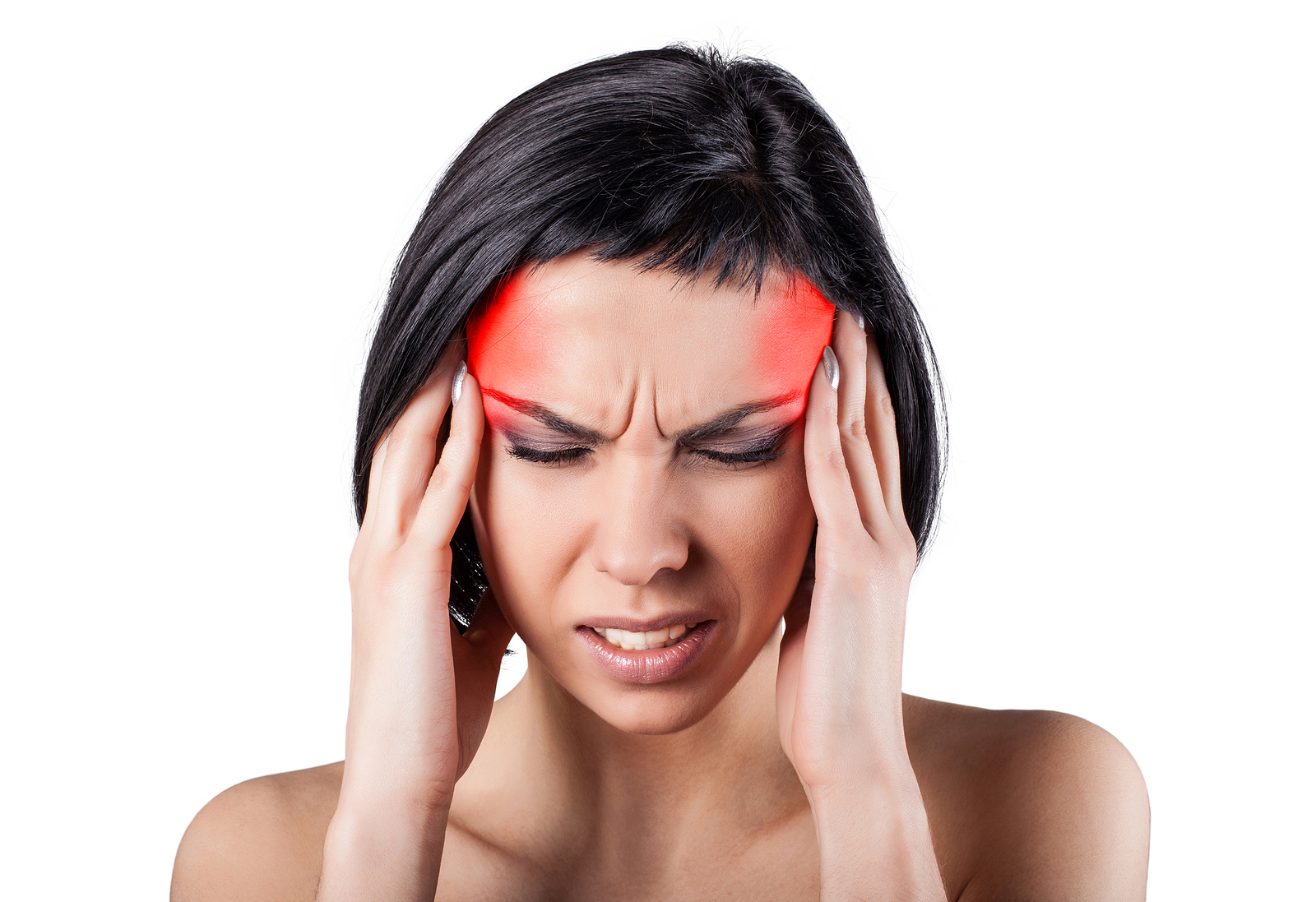More and more people are experiencing severe headaches or migraines. How can one tell them apart? A migraine is described as a pulsating headache on one or both sides of the head. In most of the cases it is preceded or accompanied by different symptoms like nausea, sensitivity to light and sound, vomiting, flashes of light or a tingling sensation in the limbs.
What causes migraines?
It might be surprising to you, but the causes of migraines are not yet fully understood. What we do know about them, is that they can be triggered by various factors. The bad news is that this debilitating misery can last for couple of days. Apparently more than 12% of the population suffers from migraine.
What triggers them? Could they be prevented? Unfortunately, there is no magical formula. Triggers are different for everyone and very inconsistent, which makes almost impossible to pinpoint the culprits. The potential triggers include: dehydration, alcohol, stress, anxiety, certain foods containing nitrates, loud noises, strong smells, hormonal changes, or even the weather.
Symptoms
The most common migraine symptom is a moderate to severe throbbing, pulsating pain confined to one side of the head. Note that the intensity of pain can increase during physical activity. Other symptoms include sensitivity to light, smell, sound, blurry vision, constipation, nausea with or without vomiting, fatigue, food craving, fever, mood changes, vertigo, weakness, neck pain, puffy eyelid, numbness, tingling.
Migraine headaches are divided into two categories: migraines with aura and migraines without aura. The “aura” associated with the migraine consist of sensory disturbances (the sensations experienced by people from 10 to 30 minutes before the attack).
Migraines have four distinct phases: Prodromal, Aura, Attack, Postdromal. One or two days before the attack sufferers experience the Prodrome phase (irritability, depression, constipation, neck stiffness, unusual food cravings).
During the Aura phase people experience changes in vision (flickering), skin sensations (tingling), language problems (trouble concentrating, confusion).
The Attack phase brings the throbbing pain which gets worse while leaning forward or with physical activity.
The Postdromal phase is defined by extreme tiredness, sluggishness, confusion and headache that flares up the moment you stand up too fast or lean forward.
Treatments
Given that there are many types of migraines, and there is no cure, the treatments are different as well. The medication prescribed to sufferers aims to prevent the full-blown attack of migraines, or to fight the some of the symptoms. The goals of long-term treatments focus on reducing the attack frequency and severity, improving the quality of life, prevent headache, educating and enabling patients to manage their disease (avoiding triggers, controlling the symptoms and taking medicines).
Different types of medications are used for acute migraine treatment: triptans (prescription class of drugs, NSAIDs (non-steroidal anti-inflammatory drugs), DHE 45 (injection), Ergotamines, narcotic or opioid, analgesics and nasal sprays.
Over the counter medications recommended for migraines are Tylenol (Acetaminophen), Motrin, Aspirin, Naproxen-Aleve, Advil and Excedrin.
Patients are advised to keep a migraine journal in order to discover any repeating pattern. That could help the doctor decide on which treatment might work best.
Natural remedies such as herbal treatments (butterbur, peppermint oil marijuana, flax seeds, feverfew, etc.), vitamins (B2, B6, D, C,E), minerals( Magnesium, Potassium) are known to provide pain relief.
Mind-body medicine (meditation, yoga, acupuncture) and manipulative and body-based practices (chiropractic spinal manipulation and massage therapy) offer an alternative treatment.

